Dan Wright has been a motorhome enthusiast for 20 years, and spent many of those years producing travel features and motorhome reviews for Practical Motorhome magazine. He’s enjoyed more than a hundred motorhome adventures at home in the UK, and in overseas destinations that include Romania. These days Dan tours with his wife Tuti.
My mental picture of Australia is mostly based on the first 20 minutes of Crocodile Dundee and the video for David Bowie’s Let’s Dance. I imagine dusty, sun-baked outback scenes with clapboard houses, where the sheep outnumber people and a vest is considered to be acceptable daywear.
This is, of course, a hugely stereotypical and reductive view of a great country (apart from the bit about vests, that really is true). And one day I would love to visit the outback where there are still, no-doubt, sun-baked scenes with clapboard sheep etc.
But it’s a really long way from anywhere. And ‘a really long way’ means at least a week’s drive in Australia.
So for this trip, we had a much more modest goal: to switch off and relax. Over the course of 17 days, we drove a mere 962 miles and still saw a variety of surprisingly delightful places.
The coast was certainly delightful but entirely unsurprising. Noosa Heads is fantastic. It’s a hot and sunny resort with miles of sandy beaches, sophisticated restaurants and great seafood (try a river cruise followed by Ricky’s tasting menu).
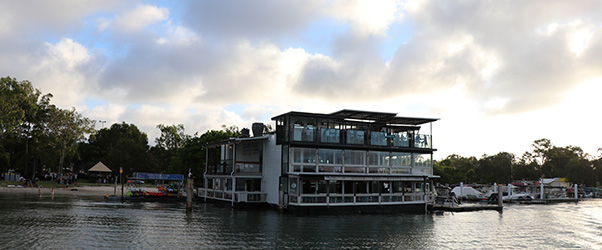
Byron Bay is also fantastic. A hot and sunny resort with miles of sandy beaches, quirky restaurants and great seafood (try the barramundi with dukkah crust at Fishmongers). Lennox Head is also a hot and sunny restaurant with miles of resorts, sandy seafood…you know what I mean.

Although each of these resorts has a distinct flavour and character, what they have in common is the reason most of the hired motorhomes we saw driven by Northern European lobster people were making their way up the coast from Melbourne, through New South Wales, Queensland and on to the Great Barrier Reef.
It’s the same reason most people travel or indeed emigrate here: the Australian Dream of sun, sea and massive prawns.
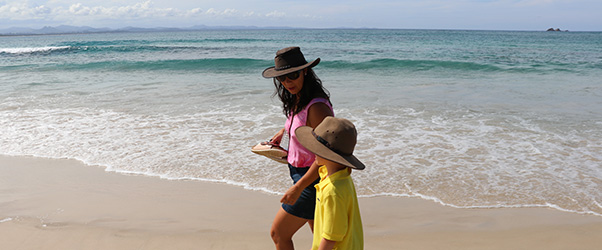
We chose a road less traveled, mainly because it was easier. And we were rewarded for our lack of ambition by a lush landscape, quiet country towns and some spectacular vistas (sounds pretentious, but they really were that good).
We headed inland with no plan. Before we came, we had hoped to climb Mount Warning with our extended family and to be the first people in Australia to see the sun rise. We had even scoped out a wholesome-sounding campsite, Mount Warning Rainforest Park.
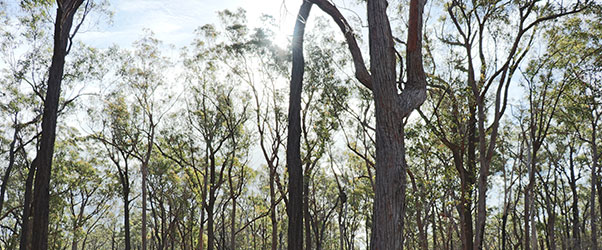
Had we paid more attention at the planning stage, we would have spotted the subtle clue about the probable weather patterns in the word ‘rainforest’. In the idealized Crocodile Dundee Australia of my imagination it never rains, so even a couple of days’ intermittent showers were enough to prompt us to pack up and leave town like Oklahoma farmers fleeing the dust bowl.
Chalk one up to the motorhome: we went where we wanted, when we wanted, with few concerns about where we might stay or if we would find somewhere decent to eat. And we felt less of a burden on our hosts, who had a break from looking after us.
We chose a campsite at Killarney simply because it looked like the nearest place in sunshine on www.bom.gov.au. On the drive over we threaded through a majestic, prehistoric landscape: the Gondwana Rainforests.
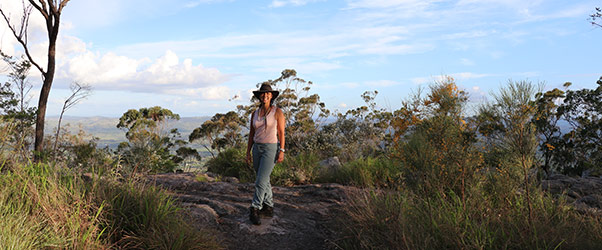
Gondwana is the name of the southern hemisphere supercontinent that once comprised Australia, Africa, Antarctica and South America, then went on to form Pangaea, an even bigger supercontinent, which then broke up into the land masses we know today.
All this happened so long ago it’s impossible to imagine. But you don’t have to imagine anything: these present-day rainforests give glimpses of what all of Australia/Gondwana once looked like, with many floral species dating back to this time.
The whole region – dubbed ‘The Scenic Rim’ by tourism marketers – is verdantly, craggily beautiful in a way I would never have expected of Australia. Parts of it feel Alpine.
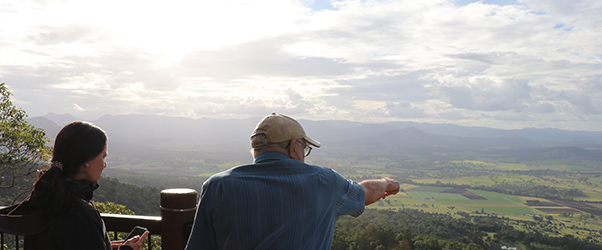
Apart from the half-Kiwi couple who ran it, we were the only non-Australians on our campsite. Killarney town is small with a tiny craft shop and a huge and comprehensively stocked supermarket/hardware store where we bought an electric cable to replace the one we left at my brother-in-law’s farm.
We trekked to QueeQueen Mary Falls and Mount French (well, drove and walked a bit), saw parrots flying in formation and pootled around country towns like Boonah.
Peak relaxation was achieved in Tamborine Mountain: enjoying a day spa all to ourselves and fresh, organic coffee next door to the mini-plantation where the beans had been grown. We even picked up some local wine.
From there, we ramped up the excitement with a visit to the first day of the Ashes test series at Brisbane’s Gabba stadium, then three days of beaches and fine dining at Noosa before reuniting with the rest of our family for a mini-break by the beach at Brunswick Heads.
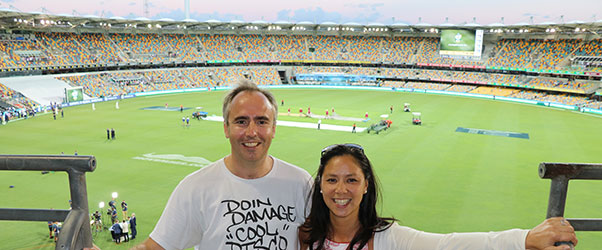
We weren’t ready to go home, we were ready to emigrate. Until that opportunity arises, we’ll make sure we come back again in a motorhome – it’s just so easy.
Find out how you could enjoy a fly drive holiday to Australia with the Club here.
Read Part one of Dan's blog here.